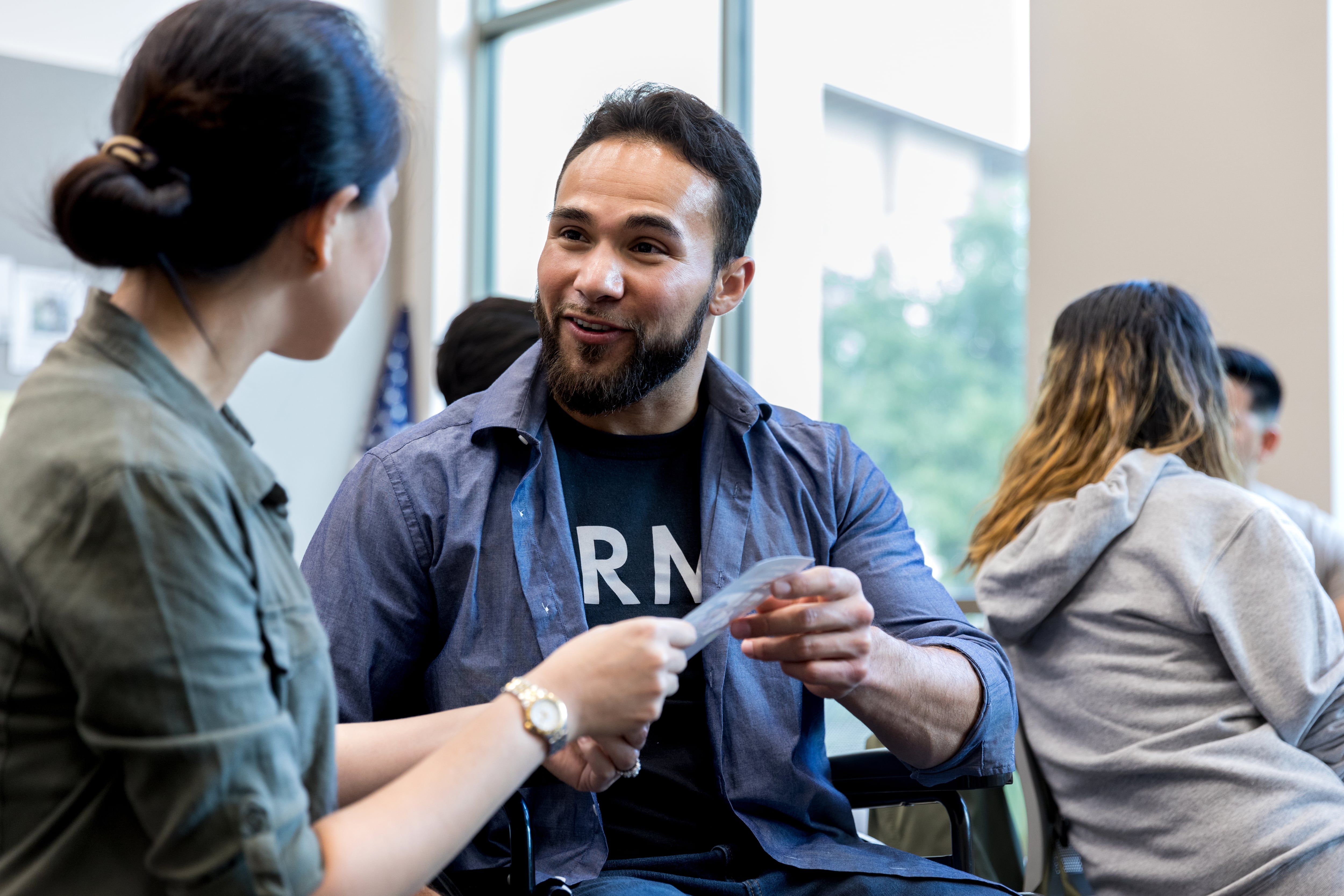For veterans navigating the transition from military to civilian life, securing access to earned disability benefits often becomes a complex, daunting journey. Although these benefits are essential for veterans dealing with service-related disabilities, data reveals that only one-third of the 18 million eligible veterans in the U.S. have applied. This gap in access underscores the pressing need for organizations to demystify the process and ensure that veterans know their options. This sentiment resonated at a recent gathering where veterans shared their struggles and triumphs in the realm of disability benefits.
Recently at MCON, a veteran event in Las Vegas, Brandon Nivens, Navy veteran and Vetforce leader at Salesforce, opened up about his experience. Despite his strong military background, he faced significant mental health challenges when entering the financial world post-service. “I had two nervous breakdowns… I just didn’t think being a credit analyst was for me,” he reflected, highlighting the need for resources and tailored support. Nivens, who ultimately found his calling in a role advocating for veterans, is now using his position to push for better education and resources for veterans transitioning into civilian life. His story resonates with countless veterans who feel unprepared for the stark differences between military and civilian work environments.
Wesley DeMauro, Army veteran and leader at JP Morgan, shared similar insights. His early days in finance came with bouts of imposter syndrome, compounded by a lack of supportive networks. But through a grassroots effort, Wesley and his colleagues created a veterans’ resource group, transforming from a small group in Manhattan to an established organization with over 20,000 members nationwide. “The military does a lot of things well, but the transition… that’s where they struggle,” he admitted, underscoring the need for structured support systems as veterans navigate this challenging time.
The veterans’ stories shared at MCON offered compelling anecdotes about resilience and empowerment. Roger “Doc” Loesch, an Air Force veteran and Emergency Management Specialist with the USDA, pointed out a recurring issue: veterans often give up on their disability claims after a few setbacks. “Most veterans try… but once you hit a brick wall, you throw your hands up and say, ‘Screw it, it’s not worth it,’” he explained. This sentiment is widespread, driven by a combination of bureaucracy and emotional hurdles that prevent veterans from persisting in their pursuit of benefits.
The discussion also highlighted a central theme: the role of family and spouses in the disability benefits journey. Many veterans noted that without their spouses’ encouragement, they might not have followed through with their applications. Nivens credited his spouse’s persistence in pushing him to reapply for benefits, demonstrating the often-unsung role that family members play. Similarly, Loesch discussed the importance of creating inclusive resource groups that extend beyond veterans to include spouses and families, ensuring they also receive the education needed to navigate these systems.
The pride, fear, and guilt that accompany the pursuit of disability benefits are significant barriers. Veterans often fear stigma or feel guilty, believing their issues aren’t “bad enough” to warrant taking resources from others. Breaking down these barriers is crucial, as Wes explained, adding that “connecting veterans with VSOs [Veterans Service Organizations] and educating them on their entitlements are necessary steps for improving accessibility.”
This conversation underscored a hopeful message: educating veterans is key, but ensuring that support systems evolve alongside the needs of new veterans is just as critical. As DeMauro aptly summarized, the “needs of today’s veterans differ from previous generations,” reminding us all that addressing these needs is the collective responsibility of organizations, communities, and policymakers alike. Through shared experiences, unwavering advocacy, and accessible resources, veterans and their families can move closer to a future where the journey toward disability benefits is neither isolating nor insurmountable.




